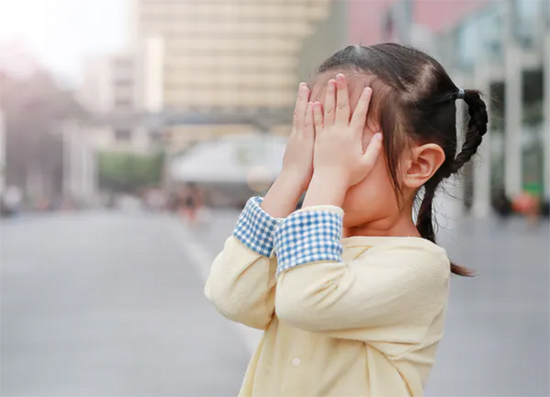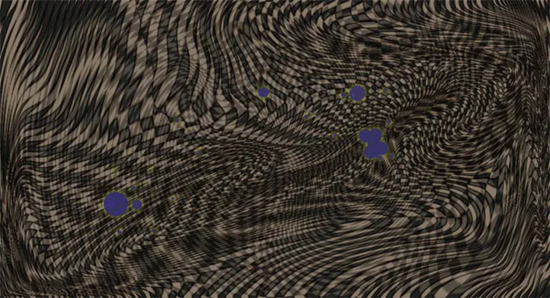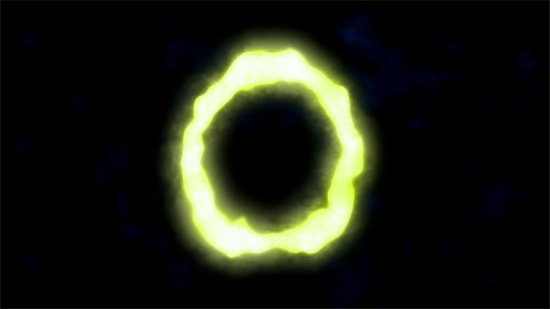Curious kids: why do we see different colours when we close our eyes?
From a series of questions asked by children and answered by specialists, we present the following interesting piece.
Why do we see different colours when we close our eyes? — Anais, aged 7
Hi Anais, thanks for your great question!
 Please be aware that seeing colours when we close our eyes is totally normal. It doesn’t mean there’s a problem with your eyes (unless what you see changes drastically, but we’ll talk about that later).
Please be aware that seeing colours when we close our eyes is totally normal. It doesn’t mean there’s a problem with your eyes (unless what you see changes drastically, but we’ll talk about that later).
There are a few different situations that can cause you to see colours with your eyes closed. The first one is if you shut your eyes in the daytime, in a bright room or outside. Some light does go through your closed eyelids. So you might see a dark reddish colour because the lids have lots of blood vessels in them and this is the light taking on the colour of the blood it passes through.
But often we see different colours and patterns when we close our eyes in the dark.
I certainly do! When I first shut my eyes in the dark, I see a pattern that’s full of dots and sparkles. Then when I’m in the dark for a longer time, I see swirls and waves of coloured dots travelling through my vision. I know what I’m seeing is not made by something real, because it’s always changing and seems very random.

You can also see these with your eyes open, particularly when you’ve been in the dark for a while, maybe when you have woken up in the middle of the night (if there isn’t too much stray light coming in from the window or elsewhere).
These perceptions are what scientists call “phosphenes” — the sensation of light that’s not actually caused by light. They can start in the eye or the brain, but the ones you are talking about are usually due to the normal functioning of the retina. The retina is the layer that lines the inside of the back of your eye that detects light.
Why does it occur?
These phosphenes are a normal part of how our eyes work. Our eyes don’t turn off in the dark, but instead they create very weak internal signals that mimic light.
These signals are constantly being made by the cells at the back of your eyes.
The swirls and waves we see are made by changes in activity from these cells. The blobs may be coloured because the cells in your eyes that detect colour also show this activity.
These signals are transmitted to the brain, and the brain interprets this random activity. Your brain doesn’t know they weren’t produced by real light, so we think we’re seeing coloured lights and patterns that are not there. It’s a kind of illusion!
And what about when you rub your eyes?
You might also see colours when you rub your eyes. This is because pushing (softly!) on your eyeballs causes physical force to be applied to the light detectors at the back of your eyes. This force can then create the phosphenes we’ve spoken about. You might see a dark circle surrounded by a ring of light where you have pushed on your eye.

Some people notice flashes of light when they move their eyes quickly, particularly if they’ve gotten up in the middle of the night in a dark room. As we get older, the clear jelly in the back section of the eye gets more watery. This fluid can move around a bit when the eye is moved quickly. It can tug on your eyes’ light detectors and causes you to see a flash of light.
Is there something wrong with us?
Seeing colours when you close your eyes is totally normal. It’s just part of the way your eyes work. Some people notice them, and some do not.
However, much more obvious phosphenes can occur in some eye diseases. If what you’re seeing has changed, and the patterns of light become much more noticeable or hang around for longer, it could indicate a problem. For example, bright flashing can be caused by a detached retina, which is where your retina partially comes away from the back of your eyeball, and which needs to be treated as an emergency.
Also, some people get a “visual aura” when they have a particular kind of headache called a migraine. High pressure inside your eyeballs can also cause phosphenes.
If what you’re seeing has drastically changed, or you’re worried about what you’re seeing, it’s best to visit your eye care provider, a doctor or an optometrist.
Answer by Katrina Schmid, Associate Professor, Queensland University of Technology, PhD, Grad Cert Ocular Therapeutics, Therapeutically Endorsed Optometrist.
yogaesoteric
April 24, 2021
